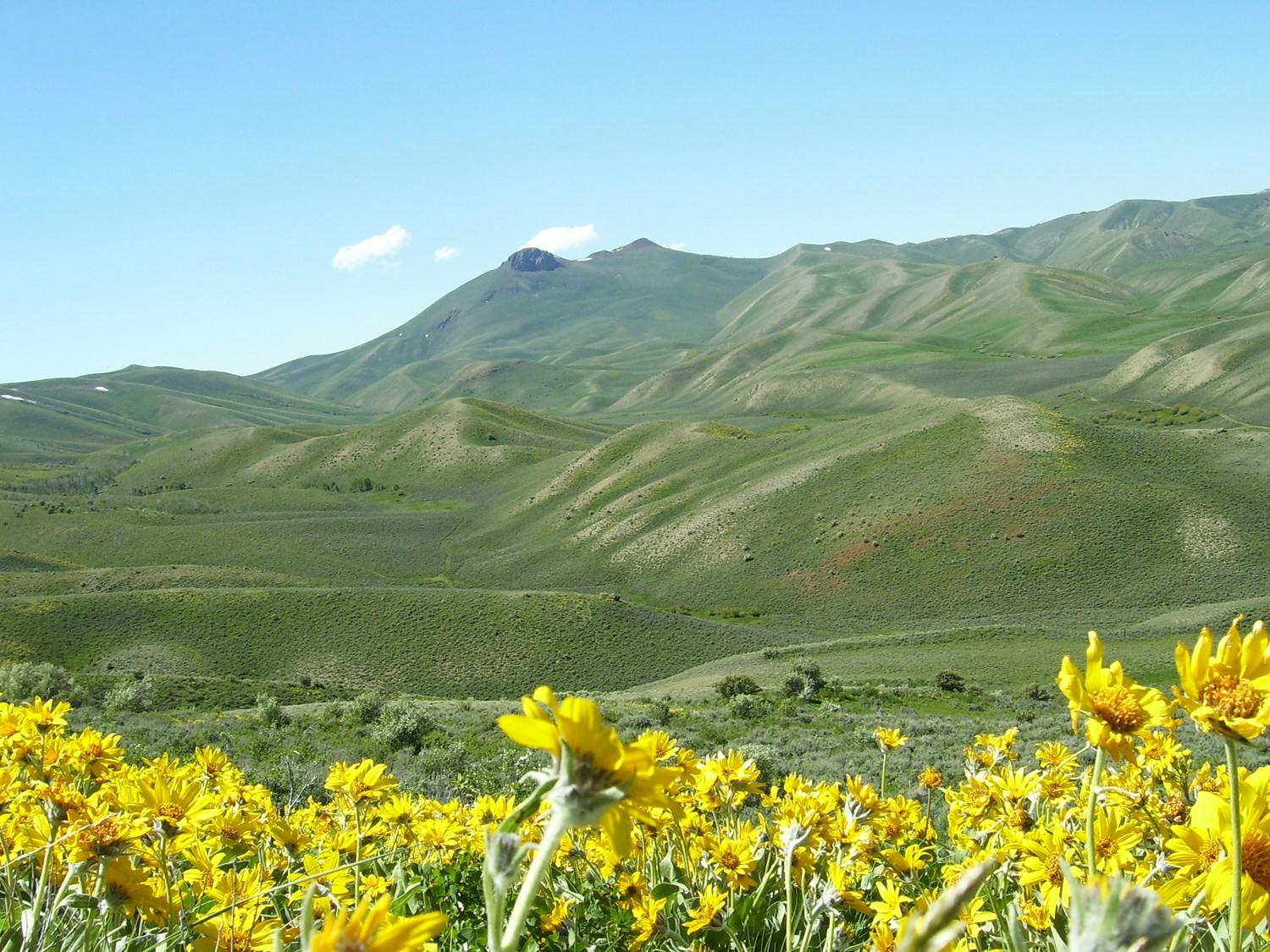Yesterday’s blockbuster report is sounding bells all over the northern hemisphere. (Probably everywhere but Wisconsin.) The latest accolades come from Canada, where the CBC wants every countryman to know that beavers are Worth A Dam.
Beavers are dam important for the ecosystem
The beaver is a Canadian icon. To some it’s also a royal pest. Beavers are more than just a nuisance, though. They are also important engineers of our environment. A new study published in the journal PLOS One has discovered just how important beavers are in protecting habitat.
What role do beaver ponds play in the ecosystem?
 There are lots of species that rely on beavers to engineer the environment to suit their own needs. Creatures like the Sandhill crane, the mule deer, and, most importantly, juvenile fish. Not only that, when there is a beaver pond, the water is able to be better absorbed by the land, allowing it to resist both droughts and floods a lot better.
There are lots of species that rely on beavers to engineer the environment to suit their own needs. Creatures like the Sandhill crane, the mule deer, and, most importantly, juvenile fish. Not only that, when there is a beaver pond, the water is able to be better absorbed by the land, allowing it to resist both droughts and floods a lot better.
For a long time, it was believed that beaver ponds increased the temperature of water in the ecosystem due to its greater surface area absorbing more energy from the sun. That was always thought as a possible way that beaver ponds could be damaging the surrounding ecosystem.
This assumption has been overturned by new research. Nick Weber is with Eco-Logical and his team conducted experiments along Bridge Creek, Oregon.
“As the volume of surface water increases,” he says, “it just takes a lot longer for streams to heat up during hot summer days.”
The work was done in the high desert of Oregon where temperatures can soar in the summer. But it’s not much different from what we can get in Canada, especially as our world warms.
Why is this significant?
It’s significant because the high temperatures of river water — which on some days can reach up to 29 C — is problematic for fish like salmon and trout. These fish need temperatures closer to 25 C, which is exactly what is achieved by having a beaver pond. Having much cooler water increases the survival of juvenile fish like the steelhead trout.
Needless to say, when we are living in the current warming world, it’s important to find ways to reduce the impact of higher global and water temperatures on important stocks like salmon.
So the proposal is to take inspiration from nature, and the beaver, to help restore habitat by constructing artificial beaver dams. And the coolest part is that beavers eventually take over the dams after a few years.
Not only can the dams restore river systems, but it means beavers might be guided into building dams where they might reduce the impact on people’s lands.
Hurray for beavers! Everybody worships at the ‘salmon and trout’ alter, it seems. Birds and frogs don’t matter as much. But that’s fine. Whatever reason you find to appreciate beavers is good by me. It’s wonderful how surprised folks are by this news, which is old news to us. I think Pollock was talking about the cooling effects of hypoheic exchange 10 years ago, but better late than never.
All this excitement has clearly made the researchers giddy, because yesterday Dr. Wheaton forwarded me an email from the senior author, Nick Weber, excitedly showing photographic evidence of beavers using the BDA’s they had made. Look closely at the picture, because I see something other than beavers. I especially like that patient coyote.
Do you think Joe Wheaton is trolling me?











 Eric Thacker, Rangeland Management Extension Specialist at USU said, “A beaver dam provides a buffer or mitigation for drought.”
Eric Thacker, Rangeland Management Extension Specialist at USU said, “A beaver dam provides a buffer or mitigation for drought.”



































